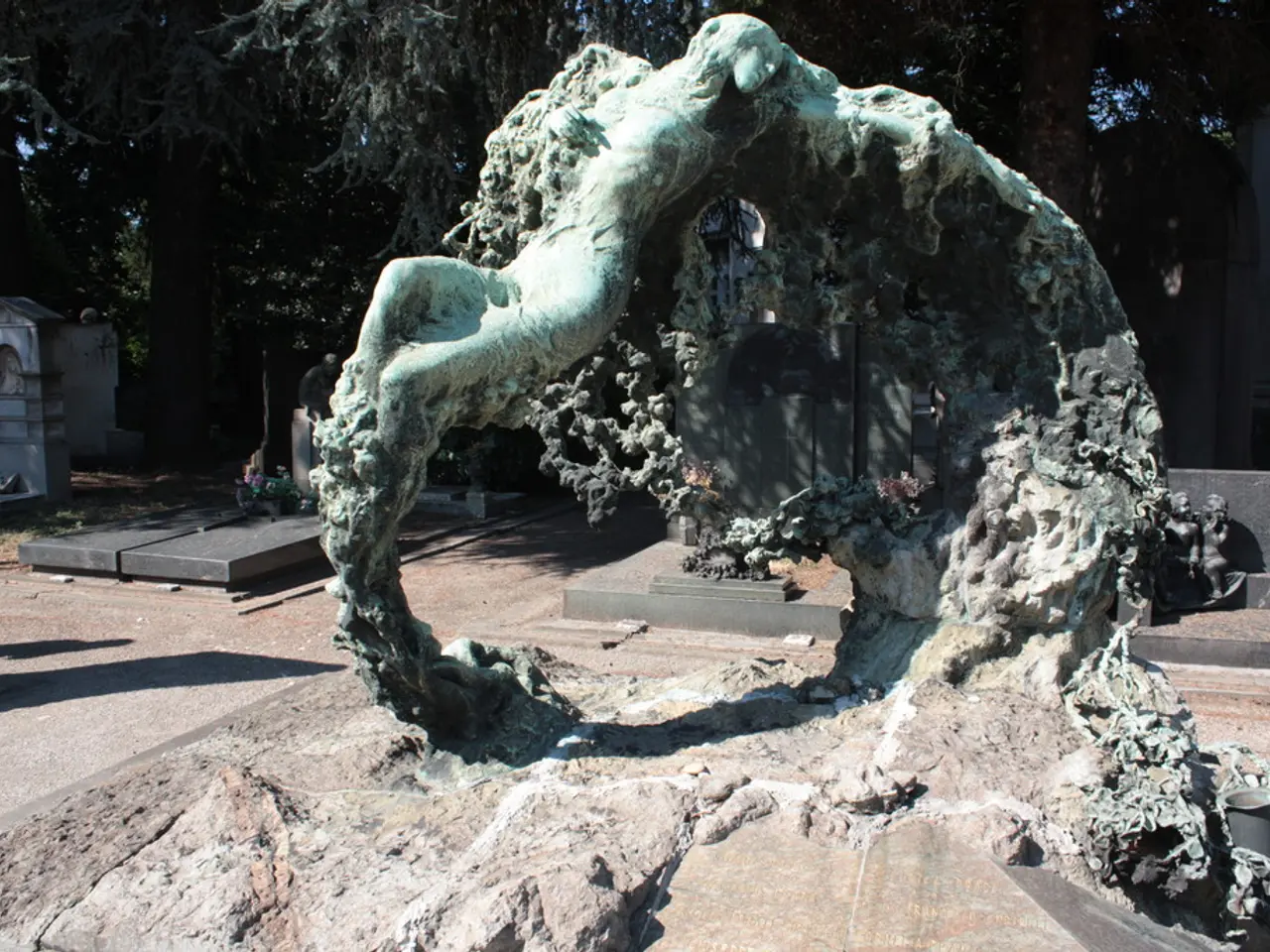Organ donation after death - a potent and essential action
In the United States, organ donation after death plays a vital role in saving lives and improving the quality of life for many. This process is a coordinated effort between hospitals, organ procurement organisations (OPOs), and transplant centres.
The journey begins when a patient dies or is near death in a hospital. The hospital staff notifies the family and, as required by federal law, they must also notify the local OPO about the death or imminent death.
The OPO then assesses the deceased’s medical suitability for organ and tissue donation. This includes criteria such as the age of the deceased, cause of death, medical history, and other factors relevant to the viability of organs and tissues for transplantation.
If the deceased is registered as an organ donor in the state’s Organ & Tissue Donor Registry, donation proceeds based on their documented wishes without needing additional family consent in many states. If the deceased is not a registered donor, the OPO approaches the family to discuss donation and request authorization.
Once authorization is obtained, medical teams manage the donor to maintain organ viability until recovery can be performed. The recovery procedures are done in a Medicare-approved hospital with a transplant program meeting strict regulatory standards.
After organs are recovered, the transplant hospital works with the national Organ Procurement and Transplantation Network (OPTN) to allocate organs based on established criteria like medical urgency, compatibility, and waiting time. Transplant hospitals accept or decline organ offers for their patients accordingly.
The recovered organs are then transplanted into recipients at transplant centres approved by CMS and regulated under OPTN policies. Post-transplant care and follow-up ensure the best outcomes for recipients.
Key entities involved in this process include donor hospitals, which declare death, notify OPOs, and maintain patient care; organ procurement organisations (OPOs), which evaluate donation potential, obtain consent, and coordinate recovery; and transplant hospitals, which perform transplant surgeries and recipient care.
This nationwide system operates under strict federal Centers for Medicare & Medicaid Services (CMS) regulations and OPTN policies to ensure ethical, equitable, and medically appropriate organ donation and transplantation. Organ donation is a selfless act that has the potential to save up to 8 lives and improve the quality of life for many others. It not only offers a second chance at life for recipients but also brings comfort and a sense of legacy to the loved ones of donors.
[1] Centers for Medicare & Medicaid Services. (n.d.). Organ procurement and transplantation. Retrieved from https://www.cms.gov/transplantation/
[2] Organ Procurement and Transplantation Network. (n.d.). Donation after circulatory death. Retrieved from https://optn.transplant.hrsa.gov/data/reports/dcd/
[3] United Network for Organ Sharing. (n.d.). Organ donation process. Retrieved from https://unos.org/education/patient-resources/organ-donation-process/
[4] United Network for Organ Sharing. (n.d.). Organ donation and transplantation in the U.S. Retrieved from https://unos.org/resources/fact-sheets/
[5] United Network for Organ Sharing. (n.d.). How organs are matched for transplantation. Retrieved from https://unos.org/education/patient-resources/how-organs-are-matched-for-transplantation/
- In the realm of health and wellness, workplaces are increasingly adopting wellness programs that focus on both physical fitness and exercise, mental health, skin care, and nutrition to boost employee well-being and productivity.
- Despite advancements in therapies and treatments for various medical conditions like cancer, maintaining a balanced diet remains a crucial aspect of recovery and long-term health.
- The intersection of science and style is evident in the modern approaches to skin care, where rigorous research and innovative techniques are employed to address a wide range of concerns.
- As mental health gained more attention in recent years, workplace wellness programs started to incorporate mindfulness practices, counseling services, and stress management strategies to support employees' overall well-being.
- In today's health-conscious society, individuals are becoming more aware of the connections between nutrition, fitness, and medical conditions, leading to a growing interest in preventative care and holistic wellness.




